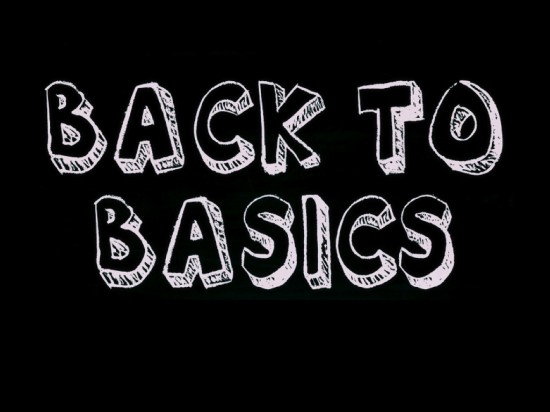August 6th, 2014

This is what happens. The leadership of an organization comes to feel like they need to “do something” relative to diversity and inclusion. So they hire some person to do some training. And maybe the facilitator is good, maybe people actually like the training. And the training comes to an end and everyone has a bit of a “we’re so inclusive” buzz. And nothing changes.
This is what happens, and it happens a lot.
It gets a bad rap for a whole bunch of reasons, but diversity training done well, is an incredibly powerful tool for changing the culture and the performance of an organization. Unfortunately it is not always done well, and a lot of what goes wrong happens before the facilitator, content or format are even chosen. Much of what sinks diversity training is the lack of an organizational foundation to connect it to.
The organization does not have clear, concise, consistent language. The things that they formally say about diversity and inclusion are all very poetic & profound and warm & fuzzy, but they are abstract, vague and mushy and they do not actually mean anything.
The organization does not focus on or measure specific behaviors and actions, so even if the training does drive toward specific and valuable behaviors there is nothing to support or measure those behaviors beyond the training. They are extracurricular.
And nothing changes.
Later, when there are conversations about why nothing changed, the easy consensus generally is that it wasn’t the right trainer and/or the right training.
You have some really important work to do before introducing diversity training, before seeking out a trainer, facilitator or a program; as with almost everything, clarity is our very best friend.
What are your objectives, what do you want to change because of this learning experience? Are there specific behaviors and actions that you are trying to stop or that you are trying to promote? How will those changes be supported beyond the training?
You can do what you like, I am not the boss of you. But I see no good reason to start thinking seriously about training and trainers until you can very specifically speak to what you are trying to change. I think it can be useful to bring in an outside voice to help prime your foundational conversations and deliberations as you are working toward that clarity, but that is a different thing from diversity training. Get clear on what the words diversity and inclusion are going to mean in your organization. Get clear on why and how they matter, on the organizational level, the group level and the individual level. Get clear on what kinds of behaviors and actions will harvest the benefits you are chasing.
Then you can start looking for or developing the learning experience to make it happen.
Be good to each other.